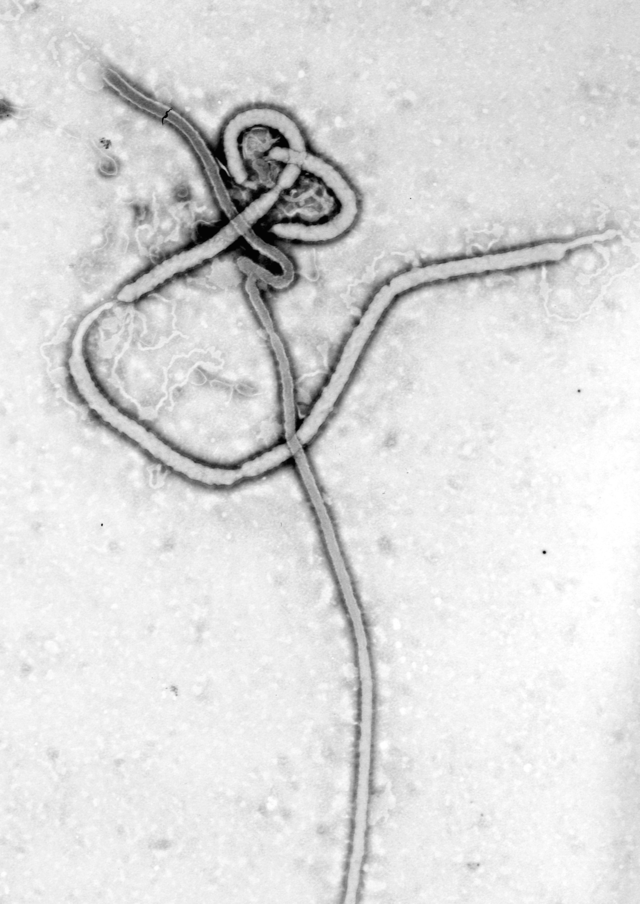
Hi Ferfal,
I was just looking through your site. Looks like there has not been much on ebola. You may recall I am a licensed healthcare person, although not a nurse. I have a personal intellectual interest in infectious diseases, so I get this email digest from the International Society for Infectious Disease.
http://www.promedmail.org/ They had a period when it seemed like no messages were going out, but they seem back in the game now.
As a result, I guess I have been following the ebola outbreak since pretty close to when it started. I also just have kept an eye out for other articles about it. I distinctly remembered in the summer reading that the people who purport to study this kind of thing were heavily implying that it could be transmitted by droplets. The CDC et al. always go out of their way to insist ebola is not airborne. That is technically true, but to the layperson I think they don’t make a distinction between droplet transmission and airborne. Already at the beginning of August, the health authorities were giving guidance that was clearly intended to avoid droplet transmission.
Anyway, you know the CDC now has been going on and on about we have such a great healthcare system in the US, etc etc. I think anyone who actually works in the industry would be quick to tell you differently- including me. Last winter we were constantly running short of simple masks during flu season. So it was not hard to figure that they would not have a good supply of space suits for ebola care.
Just because I have been keeping an eye out, I have seen a few memos go past in the work email since the start of the outbreak, but they all have been beyond superficial. There has been no education, no drills, no stocking up that I can see, no designating areas to care for suspected cases, nothing like that. The vague, ebola related emails were just mixed right in with employee parking spot winners and foolishness like that.
Just yesterday morning we got an email ‘[Our hospital] remains prepared to deal with Ebola’. It was almost like a pep talk for people who already worked there. The only substantive bit was to tell people to look at the FAQs on the CDC website. There was nothing like ‘personal protective equipment can be obtained from so-and-so’ or ‘please put any suspected ebola cases in room 2′ or anything that would be immediately useful.
So last night the emergency department had someone come in who fit the profile for a potential ebola case. Guess what? No one knew what do to. They were calling around to see if anyone knew what to do, looking on google to find out what kind of PPE they should be wearing and how to isolate the patient.
I was surprised to learn that the people working didn’t even know about the potential for infectious droplets, because I had thought that was already established back in the summer. So basically, it sounds like it was a big clusterf*k. This is at a community hospital, so maybe they didn’t think it would be a problem for them.
I am on the email list from another hospital I used to work at- i.e. a ‘big city hospital’, and they were doing a training session today on PPE apparently. It says ‘ebola overview, resources, donning and doffing of PPE’. I only got the email first thing this morning which leads me to believe it was probably put together at the last minute.
I personally have not heard of anyone, anywhere, saying anything like, ‘Wow, we have done so much training for ebola,’ or ‘wow, my hospital is really on top of this.’ Everyone is like, ‘What’s going on?’
Just thought you might be interested.
– JM
As you know I have a very practical, no-nonsense approach to modern survivalism. I especially try to keep a level headed attitude and avoid fear mongering. Having said that, I just cannot believe how irresponsibly ebola is being handled.
“NOT EASY TO CONTRACT” this is literally what cnn has to say about ebola. Of course then it goes on to say in the same video presentation that it is carried in bodily fluids, blood, saliva, tears, mucus, feces, urine, sweat, semen and vomit. How can we say on one hand that direct contact is needed to get infected, but on the same video clip they say that saliva and mucus carries ebola and it can get into your body through your nose, mouth and even your eyes. Cant anyone makes the elemental connection between saliva and the thousands of droplets flying after a patient sneezes or coughs? Just yesterday I saw CNN’s Dr. Sanjay Gupta argue with ebola expert David Sanders. Sanders was explaining the possibility of ebola being spread through aerosol transmission (sneeze, cough, vomit) but Gupta cut him short claiming the chances of such a transmission were so small, it was not worth talking about while other things were more important…??? You’re talking about ebola, and you don’t think its important to learn how you can actually catch it? I can’t believe relatively smart grown persons are either a) so stupid b) so irresponsible. The only option left I see is that these claims we see on the press are very misguided attempted to keep people calm. In any case, it is very concerning to still see talking heads in the media claiming ebola can’t be transmitted in such a way.
Thanks for sharing your experience JM!
FerFAL







